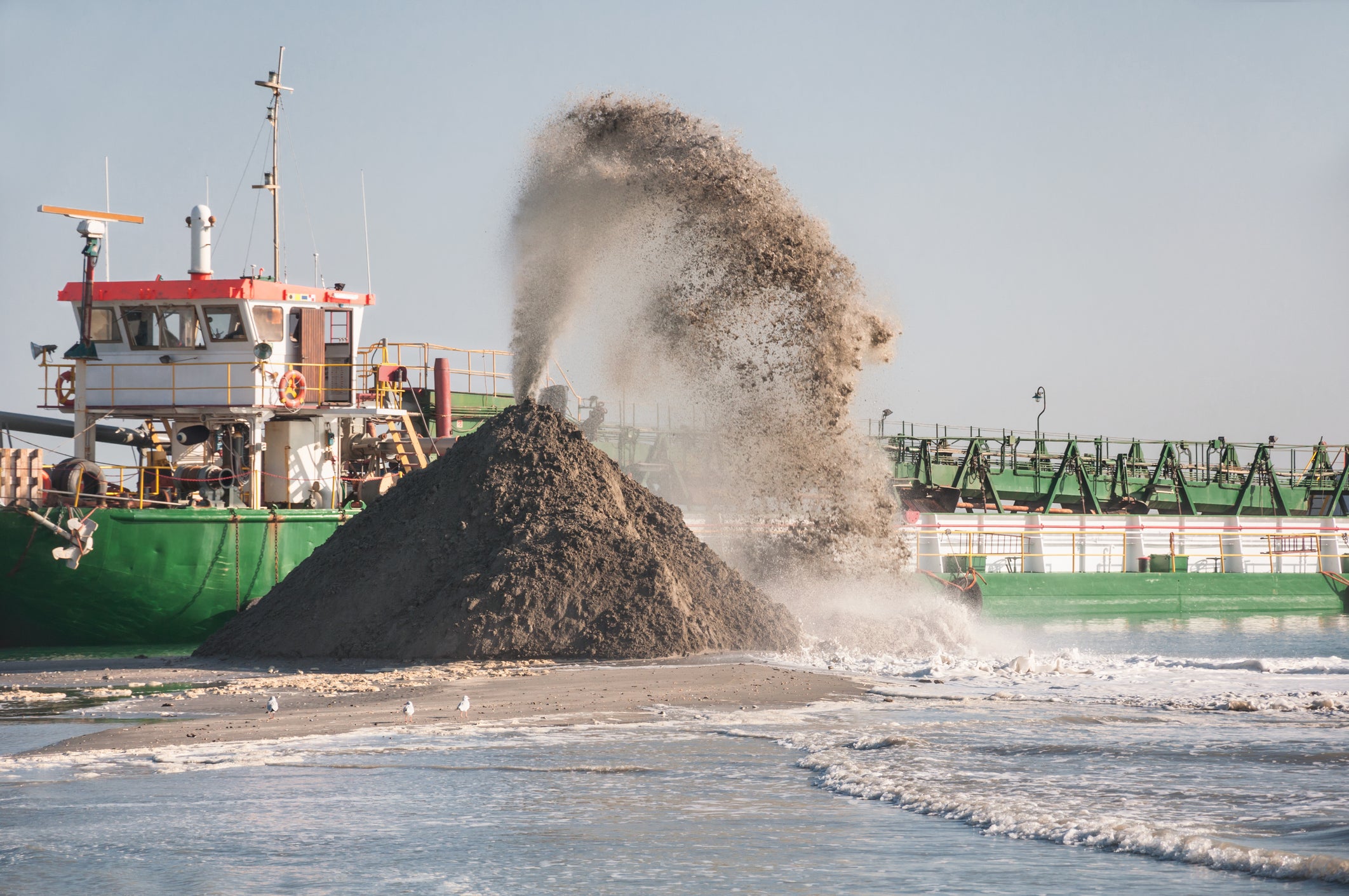The Impact of Shoaling on Shipping and Recreation, and the Role of Dredging as a Solution
Shoaling is a natural process where sand, silt, and other sediment accumulate in bodies of water, leading to shallower depths. This phenomenon poses significant challenges for shipping and recreational activities, affecting navigation safety, accessibility, and economic efficiency. Here, we delve into the effects of shoaling, explore how dredging offers a solution, and examine its impact on the shipping industry.
Understanding Shoaling and Its Effects
Shoaling typically occurs in river mouths, harbors, and channels, where water flow slows down, allowing sediment to settle. The primary concerns associated with shoaling include:
- Navigation Hazards: Reduced water depth makes navigation risky, especially for larger vessels that require deeper water. Ships may run aground or suffer damage to their hulls, leading to costly repairs and downtime.
- Limited Access: Shoaling can restrict the entry and exit of boats and ships, particularly affecting harbors and marinas. This limitation impacts not only commercial shipping but also recreational boating and tourism activities.
- Economic Impacts: For shipping companies, shoaling can lead to delays, increased fuel consumption, and reduced cargo capacity. These factors elevate operational costs and can affect the pricing and scheduling of shipping services.
Dredging as a Strategic Response
Dredging, the process of removing sediments and debris from the bottom of lakes, rivers, harbors, and other water bodies, is a practical solution to mitigate the effects of shoaling. The benefits of dredging include:
- Improved Navigation: Dredging restores and often increases water depth, enhancing the safety and efficiency of marine navigation. This is crucial for maintaining shipping routes and recreational waterways.
- Economic Advantages: By ensuring the accessibility of ports and harbors, dredging helps in sustaining and boosting local and global trade. For shipping companies, it translates to more predictable scheduling, larger capacity loads, and lower risks of vessel damage.
- Environmental Management: When conducted responsibly, dredging can help manage sedimentation effectively and improve water quality. Moreover, dredged material can be repurposed for land reclamation, beach nourishment, and other constructive uses.
Impact on Shipping Companies
Shipping companies are directly affected by shoaling as it influences their operational areas and cost structures. The key impacts include:
- Operational Disruptions: Shoaling can cause unexpected rerouting, delays, and even temporary closure of shipping lanes. Such disruptions significantly affect delivery schedules and customer satisfaction.
- Increased Costs: Operating in shallower waters requires more fuel due to lower efficiency and potential detours. Furthermore, the risk of damage from grounding increases insurance premiums and repair costs.
- Cargo Management: Ships may need to reduce their load to navigate shallower waters safely, leading to less efficient cargo transport and increased trips to move the same amount of goods.
Proposed Solutions and Recommendations
To address the challenges posed by shoaling, here are several strategies:
- Regular Monitoring and Maintenance Dredging: Implementing a regular schedule for dredging activities can prevent the accumulation of sediments to a level that poses navigational risks.
- Adaptive Shipping Practices: Shipping companies can adapt their operations according to the conditions. This might include using smaller, more versatile vessels that can operate effectively in shallower waters.
- Collaboration and Planning: Engaging in collaborative planning with port authorities and local governments can help allocate resources effectively and prioritize dredging in critical areas.
- Investment in Technology: Investing in navigation technologies and sediment monitoring can help shipping companies better manage their operations and avoid high-risk areas.
- Policy and Regulatory Support: Advocating for supportive policies and regulations can facilitate timely and efficient dredging operations, ensuring that waterways remain navigable.
In conclusion, shoaling presents significant challenges to both shipping and recreational activities, but with proactive dredging strategies and adaptive practices, these issues can be effectively managed. This ensures continued economic benefits and safety for all users of maritime environments.
